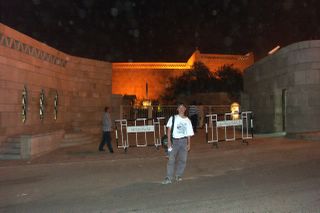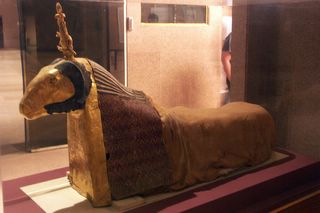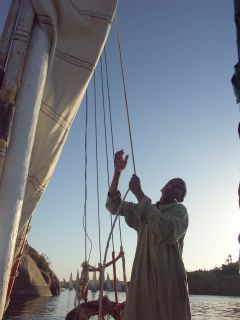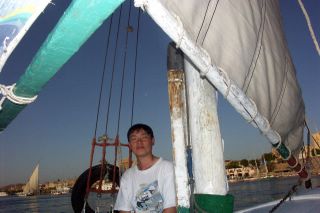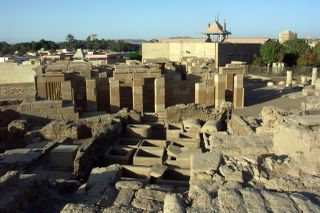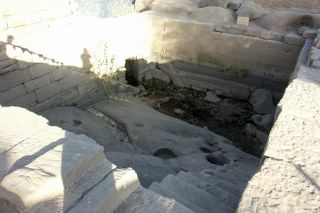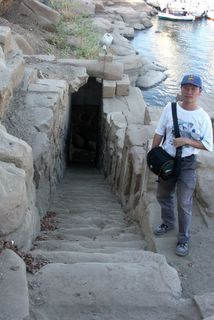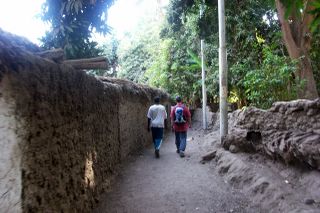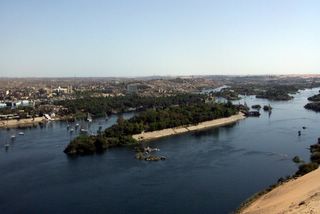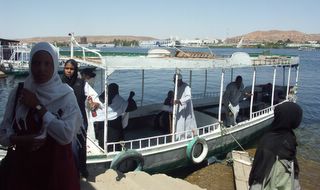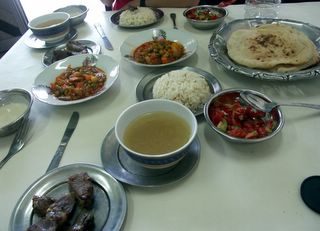Caleche (Hantour)

Caleche, or hantour is a carriage pulled by horse or horses. The Nubian Museum is located at a bit southern corner of Aswan, so you took a caleche to went back to the train station at the northern end of Aswan, mainly due to tiredness.

The Caleche, horse and its rider. Most people recommends it for travel at Luxor to or from Karnak Temple. But we took it in Aswan, and it's a good experience too. The Caleche in Aswan is almost the same with those in Luxor too.


